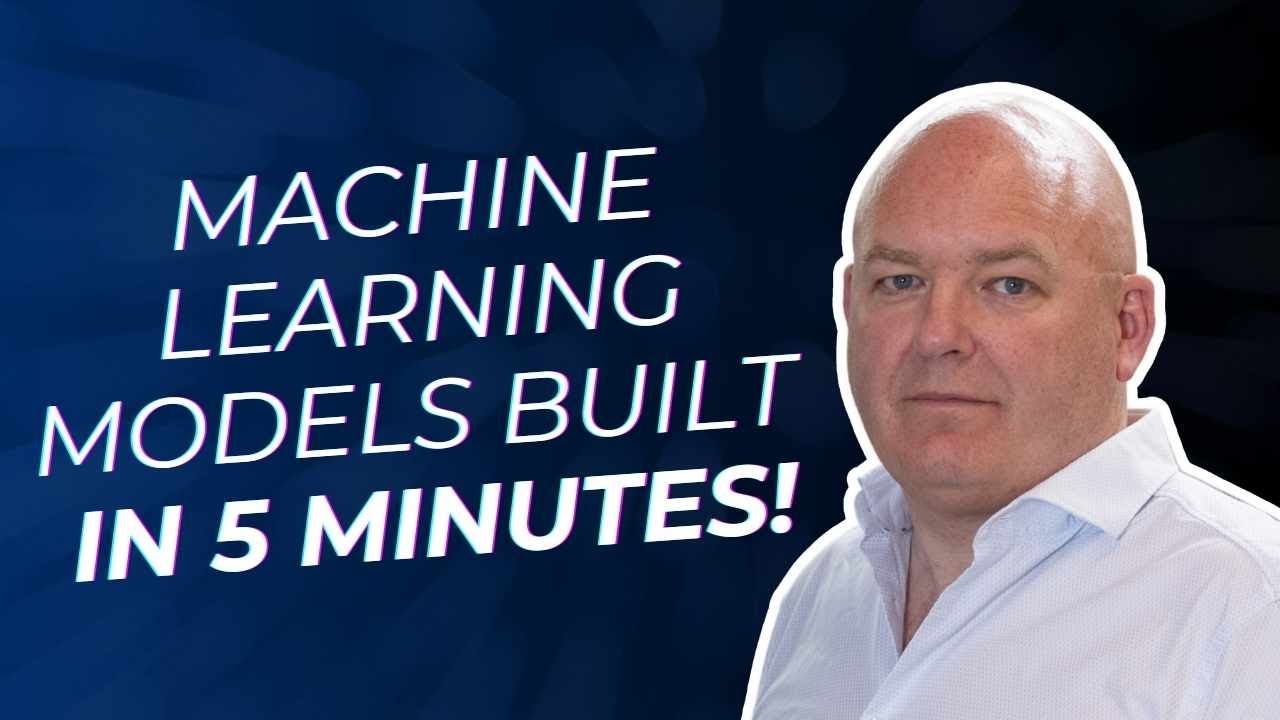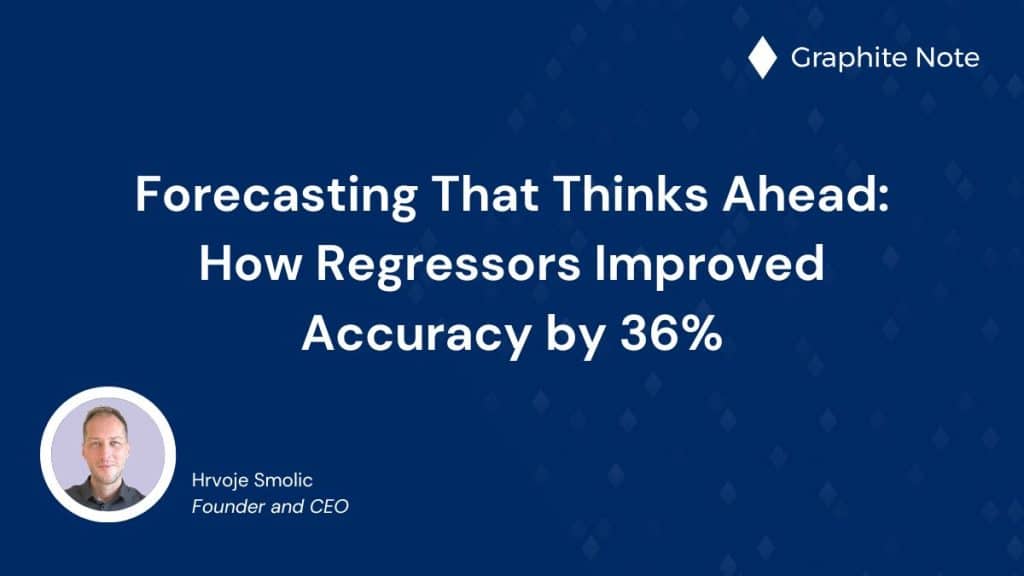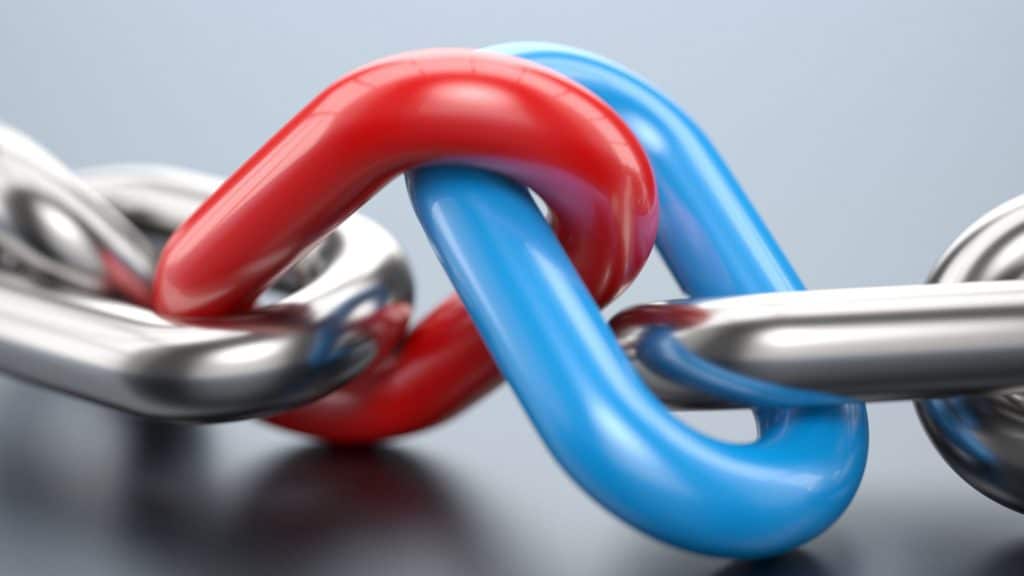No-Code Machine Learning Platforms in 2025
Introduction
No-code machine learning is the new electricity, in the same way that data is the new oil. Machine learning is being used everywhere. No-code machine learning revolutionizes every industry and changes every aspect of our world. The state of predictive analytics and machine learning today is not yet ideal. In this article, we outline the state of no-code machine learning platforms and tools. This article documents our process, the metrics we used, and our insights.
Overview of machine learning and its role in AI development
Machine learning is currently reserved for expert data science teams and large enterprises. 40% of companies claim that AI technologies and expertise are too expensive (Deloitte).There are far more data-related business problems than data scientists. 83% of businesses say that AI is their strategic priority today. There are, however, not enough data scientists. There is a considerable gap between AI and business domain experts. They don’t speak the same language and rarely understand each other.
Our definition of no-code machine learning platforms
The no-code movement is here, and heading towards maturity. In particular, no-code machine learning. Machine Learning isn’t about typing code, it’s about business value. No-code machine learning platforms enable domain business experts to test their ideas. No-code machine learning platforms are tools that do not require any coding. No-code tools should not require users to have in-depth knowledge about machine learning, AI, programming, or software development. No-code machine learning platforms fill gaps in businesses that don’t have in-house AI talent. No-code machine learning is a suitable option for non-technical people. No-code machine learning platforms enable everyday business users to create fantastic machine learning applications. Application development through no-code machine learning unlocks many value opportunities for businesses.
The benefits of no-code machine learning platforms
- Simplifying complex AI-based tasks: Instead of spending hours coding and debugging, business users can build machine learning models and applications with a no-code platform. This saves time and resources and reaps the benefits of using AI-based data analysis. Business users can create AI models, and deploy their AI applications into production.
- Increased efficiency: No-code machine learning platforms help to increase the efficiency of predictive analytics projects. No-code solutions automate processes. This helps you reduce the amount of time needed to create a successful model.
- Easier model deployment: No-code machine learning platforms simplify deploying a machine learning model from development into production. No-code solutions provide an easy-to-use user interface for controlling the deployment of models.
- Faster model training: No-code machine learning platforms can speed up the training process. No-code machine learning platforms use powerful optimization algorithms and automated feature engineering. Models can be trained significantly faster and at a much lower cost. In turn, this leads to faster experimentation and building better predictive models.
- Cost savings: No-code machine learning platforms offer significant cost savings, compared to traditional software development. No-code solutions remove the platform-related costs, such as hardware and labor. No-code solutions are often much less expensive to buy and maintain. No-code solutions help to reduce operational costs in the long run.
Our research on no-code machine learning platforms
In our research on no-code machine learning platforms, we chose three primary metrics:
- Platform simplicity: How simple is it for a user with minimal to no coding experience to use the platform? Is machine learning accessible to non-tech users through the self-explanatory user interface? What about results after ML model training? Does the platform present them in an easy-to-interpret way? The easier the no-code machine learning platform is to use, the better score it will get (1-10).
- Number of use cases covered: No-code machine learning platforms tend to have positioned themselves either in different technologies. These include Predictive Analytics, Natural Language Processing, or Computer Vision. Specific business use cases (classification problems, CRM, web-builders, business apps). Some no-code machine learning platforms are oriented toward the process. These no-code machine learning platforms help end users manage the machine learning process. Other no-code machine learning platforms are oriented toward use cases. They enable end users to quickly train and deploy a machine learning model for a specific use case. Is the platform more focused on a specific use case, or is it more general? If the no-code machine learning platform can cover a higher number of use cases, the higher score it will get (1-10).
- Target customers: We place a particular emphasis on the platform’s target customer profile. We divided no-code machine learning platforms into two categories. One, suitable for SME, and another, suitable for enterprise. We based our segmentation on targeted users, billing, required technical setup, and the minimum knowledge needed. It’s important that the realm of using ML models is not restricted to technical users and technical people.
We went through each platform’s landing page, documentation, features, and tutorials. We created a score on the metrics we had decided upon for each no-code machine learning platform. Please note that this list of no-code machine learning platforms is incomplete. We could also include some other metrics for comparison. We are particularly interested in mapping out no-code machine learning platforms that are suitable for SMEs, easy to use, and have many use cases.
No-code machine learning platforms
Graphite Note
The complexity of machine learning poses a significant challenge, especially for non-technical professionals. This is where Graphite Note comes in. Graphite Note is a no-code machine learning platform with a focus on “business value first,” designed to simplify advanced analytics for business users. With Graphite Note, decision-makers can generate predictive and prescriptive analytics without needing to code, allowing them to not only predict potential scenarios but also receive actionable recommendations based on those predictions.
Impact in a Day: Guaranteed Business Impact
Graphite Note’s Impact in a Day experience enables users to see meaningful results within just 24 hours. With FREE hands-on guidance from our dedicated data scientists, users can implement predictive models directly into their workflow, driving immediate value from their data. This rapid onboarding is designed to ensure quick, tangible results, making it an ideal solution for teams looking to integrate machine learning insights seamlessly and efficiently.
Explainable AI for Transparent Decision-Making
One of Graphite Note’s standout features is its use of explainable AI, which makes every machine learning outcome and recommendation fully transparent. This feature provides insights into how each prediction was derived, offering clear explanations that any team member can understand. By making the process behind predictions accessible, Graphite Note empowers businesses to make confident, data-driven decisions.
Actionable Insights in Any Language
With its multilingual capabilities, Graphite Note ensures that data insights are accessible to teams worldwide, regardless of language. This makes it easy to turn insights into action across global teams, breaking down language barriers and facilitating data-driven strategies on a larger scale.
Intuitive Data Storytelling for Clear Communication
Graphite Note’s built-in data storytelling capabilities transform raw numbers, graphs, and charts into engaging presentations that everyone can understand. This feature allows business analysts, data scientists, and project managers to share insights seamlessly with stakeholders, making complex data accessible across departments and teams.
Prescriptive Analytics: Beyond Predicting to Prescribing
In addition to predictive analytics, Graphite Note offers prescriptive analytics, which goes one step further by not only forecasting potential scenarios but also suggesting the best course of action. This provides users with actionable recommendations on how to optimize outcomes, making it a valuable tool for strategists and execution teams alike.
Graphite Note aims to be the world’s easiest-to-use, most accessible no-code machine learning platform. With a single platform to build, visualize, and explain machine learning models, it enables businesses to derive insights that are not only predictive but prescriptive, actionable, and understandable—empowering every team to make smarter, data-driven decisions with ease.
CreateML
CreateML is a no-code platform by Apple that creates and trains custom machine learning models. CreateML is an independent macOS application that includes a range of pre-trained model templates. CreateML can process images, videos, photos, tabular data, and texts as inputs. From that input, it will build classifiers and recommender systems. With CreateML, you need to parse the training and validation data in the required formats, which can get quite technical. It’s also possible to fine-tune the metrics and set your own iteration count before starting the training.
DataRobot
DataRobot was founded in 2012. DataRobot aims to democratize data science and automate enterprise end-to-end machine learning processes. DataRobot enables data scientists to build predictive analytics without machine learning programming. DataRobot is based on open-source algorithms and automated machine learning (AutoML).
Google Cloud AutoML
Google Cloud AutoML works in the cloud. Google Cloud AutoML includes Vision for image classification, Natural Language Processing, AutoML Translation, Video Intelligence, and Tables. With Google Cloud AutoML, developers with only limited machine learning expertise can train use case-specific models. Google Cloud AutoML works with different types of data. Google Cloud AutoML also covers a broad range of use cases. It can be difficult to operationalize results with Google Cloud AutoML if you’re not a developer.
Levity
If image, text, and document classification is the thing you need, Levity may be just the platform you need. Levity enables end users to train custom models on their use-case-specific data. Levity is suitable for SMEs and Enterprises. Levity models automatically learn from user interactions, as they ask for input when unsure. Levity provides an end-to-end solution that integrates with daily tools business people use.
Lobe
Lobe is a Microsoft product. Lobe offers advanced image classification, with object detection and data classification. Lobe simplifies the process of machine learning into three easy steps. First, you collect and label your images. Then, you train the model and review your results. After that, you can play, improve, and export your model. Lobe is a free desktop app with a reasonable amount of pre-trained solutions. When you have completed the model training, you can export your model to industry standard formats. You can then ship it on any platform you choose.
MakeML
If you need to detect objects and segment them without manual coding, you should check out MakeML. MakeML can help you to solve a business problem using Computer Vision in a couple of hours. MakeML provides a way to create and manage datasets. MakeML has shown its potential in sports-based applications and ball tracking. MakeML has end to end tutorials for training segmentation models. This gives non-machine learning developers a good head start.
MonkeyLearn
MonkeyLearn uses unstructured text-based data to get content topics, sentiment, intent, or keywords. It makes it easy to clean, visualize, and label customer feedback. MonkeyLearn is also an all-in-one data visualization and no-code text analysis studio. MonkeyLearn lets you use the ready-made machine learning models. MonkeyLearn also enables you to build your own. For a start, you may choose from a wide range of pre-trained classifiers. MonkeyLearn is a great tool to simplify text classification and extraction processes.
Noogata
Noogata is another no-code machine learning platform focused on eCommerce companies. With Noogata, you can automate omnichannel retail analytics and reporting. You can also integrate data from eCommerce marketplaces, advertising platforms, and direct-to-consumer platforms. These all go into a single cloud-based data warehouse. Noogata uses dozens of pre-built, ready-to-go ML models to turn data into insight.
Obviously.ai
You can predict tabular data within minutes with Obviously.ai. Obviously.ai enables everyone to start making predictions. Using the low-code API allows dynamic Machine Learning predictions to feed into your application. Obviously.ai supports time series forecasts, classification, and regression problems. Obviously. ai is handy for SMEs looking for a tool that automates the entire ML process.
Pecan
Pecan AI is a predictive analytics tool. Pecan AI enables you to gain foresight into the metrics that matter most to your team. Pecan’s use cases cover demand forecasting, churn prediction, and conversion modeling. Pecan’s predictive analytics insights inform customer acquisition and retention tactics, pricing and packaging, resource planning, production and distribution.
RapidMiner
RapidMiner is designed for data mining. Its main idea is that business analysts don’t have to program code to do their job. RapidMiner has a good set of operators solving various tasks for obtaining and processing information from multiple sources. RapidMiner makes data analytics simple enough for any business user to use it.
RunwayML
RunwayML is a great no-code machine learning platform for creators and makers. RunwayML allows machine learning techniques to be accessible to students and creative practitioners. Its excellent visual interface makes it easy to train your models. RunwayML supports text, image generation, and motion capture.
SuperAnnotate
SuperAnnotate helps you automate your AI pipeline faster. SuperAnnotate is an end-to-end platform to annotate video, text, and images with data throughput. You can also build high-quality datasets using services and toolsets. SuperAnnotate offers active learning and automation features. This helps you speed up your annotation process.
The future of no-code machine learning platforms
70% of new applications will use low-code or no-code technologies by 2025. That is up from less than 25% in 2020 (Gartner). As we look ahead, the no-code machine learning platforms landscape will continue to evolve and improve. This will make machine learning more accessible to a broader range of users. We are very enthusiastic about the opportunities that no-code machine learning platforms bring. It has become a very dynamic space, and we can’t wait for further progress. We are particularly interested in bringing the power of machine learning to SMEs.
We must remain aware that no-code machine learning will not and can not replace data scientists and technical users in all cases. No-code machine learning platforms won’t altogether remove the need to write code. No-code machine learning platforms empower business domain experts to test their ideas to solve business problems. This speeds up the process from concept to production.

Transform your business with Graphite Note’s prebuilt machine learning models that work with any dataset, regardless of industry. Our data-agnostic platform delivers insights and predictions in minutes, giving you a competitive edge. Explore high-impact use cases that drive real business outcomes:
Key Use Cases:
1. Lead Scoring: Prioritize high-quality leads and increase conversion rates. Customer Churn Prevention: Retain more customers by identifying those at risk of churning.
2. Cross-Sell Optimization: Boost sales by targeting customers likely to purchase additional products.
3. Time Series Forecasting: Optimize inventory and plan for sales peaks and low periods.
4. Customer & Product Segmentation: Segment customers for personalized strategies and sales growth.
5. Customer Lifetime Value: Predict customer value over time to maximize revenue.
6. Predictive Maintenance: Reduce downtime, cut costs, and extend machinery life. Start leveraging Graphite Note today for smarter decisions and faster results!
Try it for free and see how predictive and prescriptive analytics can revolutionize your strategy.








